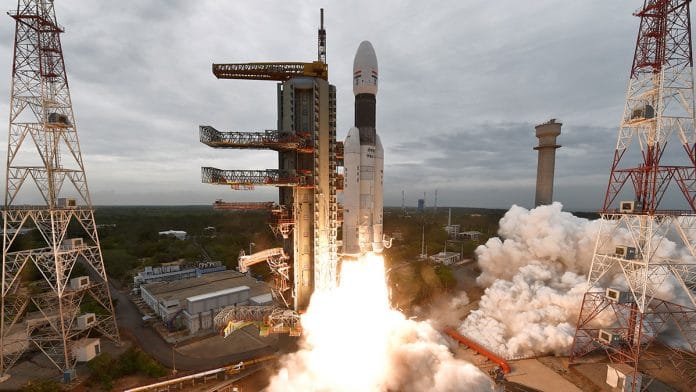New Delhi: Space, quantum technology, research and development (R&D), and strengthening work around the Anusandhan National Research Foundation (ANRF) will feature high on the new government’s agenda.
“We will get a better vision once the new government takes over, but some key science programmes and projects were sanctioned in the last year. Work will continue on those projects,” said an official from the ministry of science and technology.
Some of the key projects that had been sanctioned between 2023 and 2024 were the National Quantum Mission (NQM), and the National Mission on Interdisciplinary Cyber-Physical System and the ANRF.
Also read: Why launch of India’s 1st semi-cryogenic rocket Agnibaan by Chennai startup is a ‘major milestone’
Science and technology
Last year, the ANRF was given the green light in the Parliament following the Union Cabinet’s approval of the Anusandhan National Research Foundation Bill. With an allocation of Rs 50,000 crore for the next five years, the ANRF is set to play a pivotal role in promoting research and development in the country. The idea behind setting up the ANRF is to engage with various levels of India’s research institutions, colleges and universities.
Several rounds of meetings were conducted early this year to finalise the ANRF’s governing and executive bodies. These bodies will firm up plans for partnering with industries, allocating funds to universities and institutes.
Another big-ticket project that the government had started work on is the National Quantum Mission. Launched last year at a total cost of Rs 6,003.65 crore for eight years, NQM’s aim is to scale up scientific and industrial research and development and create an ecosystem in quantum technology.
Officials from the department confirmed that as a long-term commitment, the mission will continue to be a focus of the new government.
The objective is to develop intermediate-scale quantum computers with 50-1,000 physical qubits in eight years across various platforms like superconducting and photonic technology. In the mission document for quantum technologies released in February, the ministry also said that in the coming years, satellite-based secure quantum communications between ground stations over a range of 2,000 km within India, long-distance secure quantum communications with other countries, inter-city quantum key distribution over 2,000 km, as well as multi-node quantum networks with quantum memories, will be set up.
“The National Quantum Mission is one of the biggest projects that India has taken up. It is also significant because we are also among the very few countries that have started work early in this direction,” said a senior official associated with the mission.
Space
The biggest mission awaiting the incoming government’s nod is the Indian Space Research Organisation’s (ISRO) interplanetary mission to Venus, unofficially referred to as ‘Shukrayaan – 1’.
In a media interaction earlier last month, ISRO chairperson S. Somanath said that the plan for the mission is ready and awaiting approval from the government. Senior officials from the ministry, however, confirmed that the approval process was delayed because of the elections and is likely to be taken up by the new government.
The newly sworn-in government is also expected to oversee the upcoming trials for India’s first human spaceflight Gaganyaan. The first unmanned trial of the mission is scheduled to take flight by the end of 2024.
The Department of Space was the focus of the last government, with the Indian Space Policy being approved in 2022. The policy increased the role of private players in the Indian space sector, clearly defining the role of each stakeholder. The success of India’s third lunar mission — Chandrayaan-3 — also boosted the country’s space programme.
Last year, Prime Minister Narendra Modi met with top ISRO officials and set the target of building a home-grown space station by 2035. And by 2040, the first Indian will go to the Moon.
“There are some big missions planned in the coming years, which should be mentioned in the new government’s priority list,” a senior ISRO official said.
According to officials, science, technology and space is likely to emerge as among the top areas where the government will be focusing in its upcoming tenure. With significant work already happening around the various scientific fields, it will be important to see how the new government enhances these ongoing projects while also making new announcements.
(Edited by Zinnia Ray Chaudhuri)
Also read: TRISHNA – ISRO announces Indo-French thermal-imaging mission for climate and water monitoring






